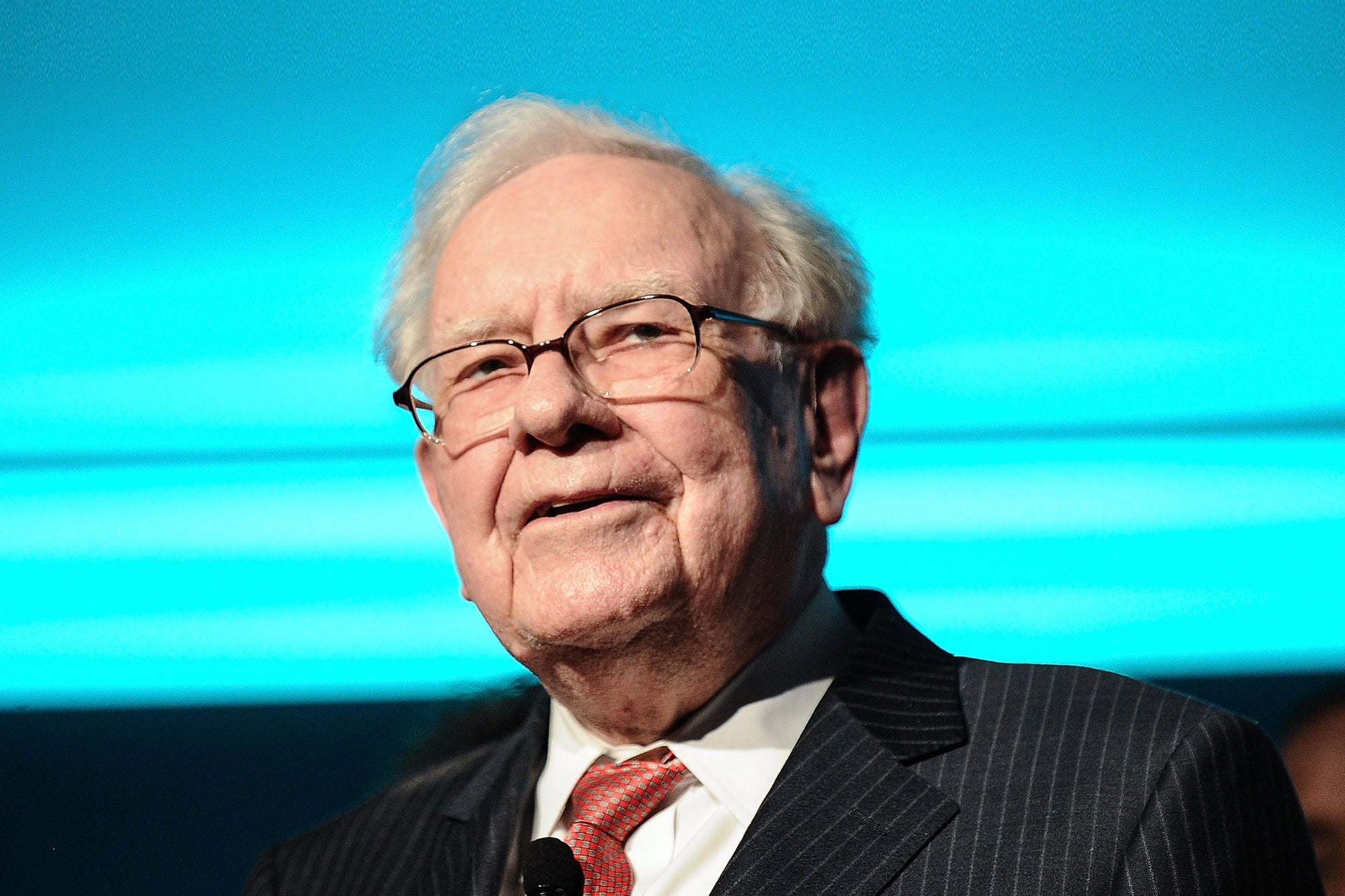An Astonishing 1 in 3 Office Workers Under 40 Admit to 'Quiet Quitting' For This Singular Reason. Here's Why — And How — That Needs to Change.We can end the 'quiet quitting' epidemic by approaching work in this way.
Opinions expressed by Entrepreneur contributors are their own.
Imagine the frustration of trying to fill a bucket with a hole at the bottom; it's a frustrating, losing battle. That's exactly what's happening to businesses, except the bucket is theworkplace, and the slow, steady leak is disengaged employees quietly withdrawing their enthusiasm, productivity, and loyalty, through what's known as "quiet quitting."
Now, consider this finding from theIvanti 2023 Report: Elevating the Future of Everywhere Work— an astonishing one in three office workers under 40 admit to this form ofpsychological resignation. It's the corporate equivalent of a slow leak in a tire – hard to spot, but just as capable of deflating your workforce as a sudden blowout.
Related:If You Want to Remain Competitive, You Need to Overhaul Your Workplace Training. Here's How.
Identifying the culprit: The rigid office environment
So, let's take a moment to channel our inner Sherlock Holmes and trace the footsteps leading to this quiet quitting conundrum. Over 40% of office workers report burnout fromexcessive workload, and another 46% cite a lack of motivation as the perpetrator. Imagine these issues as a pair of invisible gremlins, silently wreaking havoc, pushing employees closer to the exit with every passing day.
Now, here's the interesting bit: Both these mischievous twins seem to have a strong preference for traditional, in-office settings. That's right, folks; the villain in our plot isn't an economic downturn or a competitive job market. It's the conventional, four-walled, cubicle-filled, nine-to-five office environment.
The irresistible allure of flexibility: Balancing office and remote work
What can act as the silver bullet to slay these gremlins? Let's call it "The Great Balancing Act." Much like a skilled acrobat deftly navigating a tightrope, modern employees crave the ability to balance their time between the office and their homes. According to the Ivanti report, while only 43% of workers currently enjoy this freedom, a whopping 71% desire it, creating a gaping 28-point "preference gap."
Visualize this gap as a vacant dance floor, eagerly waiting for the dancers. It's a space brimming with potential — a chance to increaseemployee engagement, productivity, and satisfaction. The dance floor is ready; all it needs is the right tune.
Hybrid work: A CEO-endorsed lifeline
Fortunately, the eagle-eyed executives perched at the top of the corporate ladder are starting to take notice. An encouraging 71% of global CEOs and a stellar 84% of U.S. CEOs are singing praises for hybrid working, recognizing it as a positive force for employee morale. They've sensed the winds of change and, instead of futilely trying to shield their organizations, they're adjusting their sails to ride the gusts.
Picture it like this: hybrid work is the Swiss Army Knife of modern work practices — a versatile, multi-purpose tool that empowers employees to tailor their work-life balance. By contrast, much like Swiss cheese, rigid office schedules are filled with holes that gradually siphon away employee satisfaction.
Unleashing the potential of everywhere work
It's time to roll out the red carpet for Everywhere Work — an innovative approach that drives productivity,retains top talentand enhances employee satisfaction. It's about tearing down the rigid walls of traditional office settings and fostering an environment of trust, autonomy and flexibility.
Imagine a jazz musician improvising a stunning solo on stage. Just like this musician, an "Everywhere Worker" is given the liberty to sync their work rhythm with the melody of their life. They are no longer forced to straitjacket their personal commitments into the rigid confines of a 9 to 5 timetable. Instead, they're given the freedom to create their unique work-life symphony, blending the notes of professional commitments with the harmony of personal life.
Indeed, the Ivanti report shows an improvement in such flexible work over time. In the2022 Ivanti Everywhere Workplace Report, 49% of survey respondents say they have been negatively affected in some way by remote work, and 9% claim that they have been passed over for a promotion. By contrast, in the equivalentIvanti 2023 Report: Elevating the Future of Everywhere Work, only 34% say they have been negatively impacted by such work, and 2% believe they have been passed over for a promotion due to hybrid working. This change indicates an improvement in the ways both individuals and organizations handle remote work and a reduction inproximity bias.
Related:Employers: Hybrid Work is Not The Problem — Your Guidelines Are. Here's Why and How to Fix Them.
灵活性:的力量推动生产力,再保险tention and satisfaction
Consider this: The flexibility inherent in Everywhere Work allows employees to switch work locations based on the nature of their tasks. Need to collaborate with a team? They can head into the office. Require deep focus for a project? Working from home provides a sanctuary from office distractions. It's like choosing the right tool for the job, a choice that amplifies productivity and job satisfaction.
Moreover, this flexibility allows employees to optimize their work schedule around their mostproductive hours, just like a nocturnal owl or an early bird choosing to hunt when their energy is at its peak. The result is a workforce that is not just more engaged, but also more effective and satisfied.
When we dig deeper into the benefits of Everywhere Work, we unearth an often overlooked, yet critical aspect —mental health. By reducing commute stress and providing control overwork-life balance, hybrid work is akin to a soothing balm for the weary souls of employees. It's like the protective shell around a delicate egg, shielding employees from the crushing pressures of burnout and overwork. The upshot? A significant dip in "quiet quitting," as employees find renewed joy, motivation, and satisfaction in their work. Indeed, that's whatmy clientsfind as I help them figure out a flexiblereturn to office and hybrid work policy.
The bottom line: Embrace the future of work, today!
The conclusions drawn from the Ivanti 2023 Report are crystal clear, echoing like a clarion call for businesses: adapt or risk becoming relics. As we journey deeper into the 21st century, the workplaces that will not just survive but thrive are those that offer flexibility, respectwork-life balance, and prioritizeemployee mental health.
未来的工作不是一个遥远的梦想;这是她e, knocking on our doors. It's not about packing employees into offices like sardines in a tin can. It's about giving them the reins to control their work-life balance, nurturing their mental health, and respecting their needs. It's about understanding that work is not a place you go, but a thing you do.
As you chart the course for your organization's future, remember: the key to preventing your employees fromquiet quittingisn't in chaining them to their desks — it's in unshackling them. So, embrace the future, close the "preference gap," and let your workforce dance to the tune of Everywhere Work. The stage is set, and the audience — your employees — are eagerly awaiting the performance.











